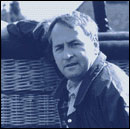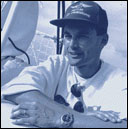 |
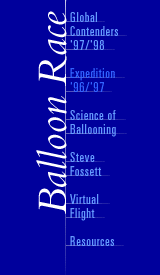 |
Château-d'Oex, Switzerland. Time of Year: (same as other teams) November 1996 to March 1997 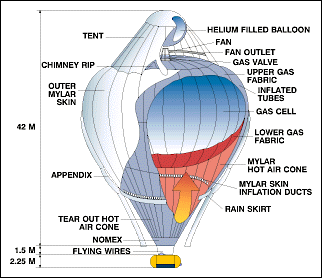 Design: De Rozier 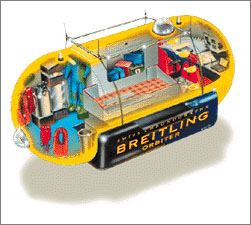 Design: Designed by Donald Cameron. This is a pressurized capsule with a 20 to 80 ratio of liquid oxygen to liquid nitogen. Carbon dioxide exhaled by the crew will be absorbed by lithium dioxide cartridges. The capsule has a pair of seats, a bunk, small toilet, and kitchenette along with numerous communications equipment. Inmarsat Standard C: Utilizing standard Global Positioning Satellite Systems, this unit provides real-time tracking of the balloon's exact position and speed. This two-way satellite communications system also enables data transfer and E-mail between the capsule and the ground. Take me to the Orbiter web site. Global Contenders '97/'98 | Expedition '96/'97 | Fossett | Virtual Flight Science of Ballooning | Teacher's Guide | Resources | Transcript | Balloon Home Editor's Picks | Previous Sites | Join Us/E-mail | TV/Web Schedule About NOVA | Teachers | Site Map | Shop | Jobs | Search | To print PBS Online | NOVA Online | WGBH © | Updated October 2000 |
